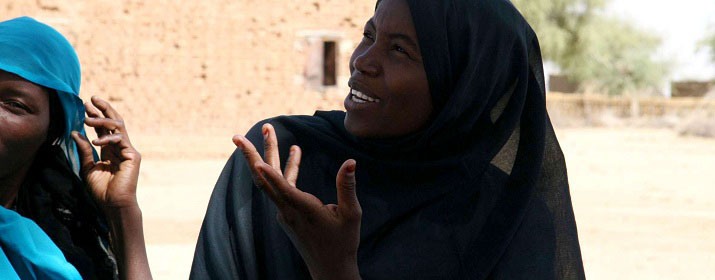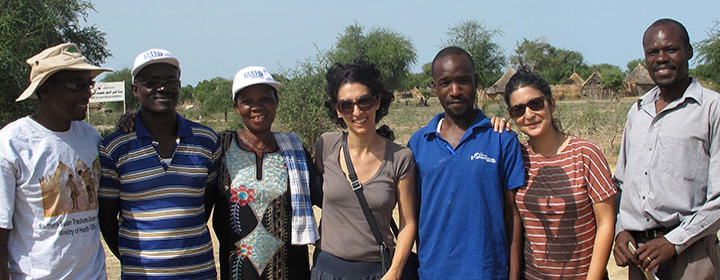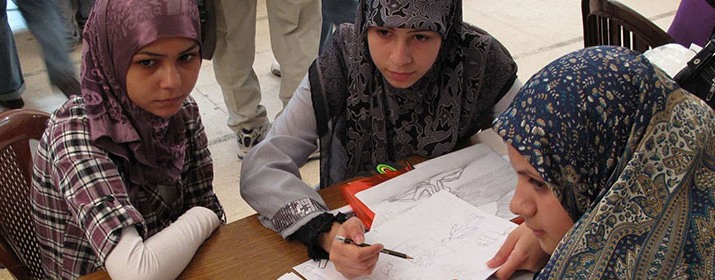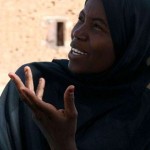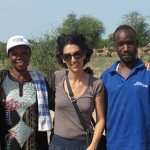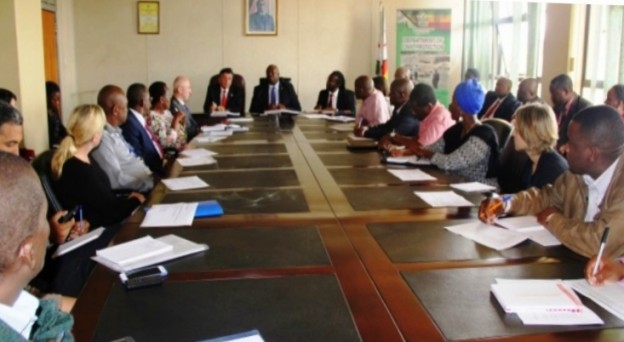251 people reported dead, over 2000 people displaced, livelihoods disrupted, infrastructure including roads, bridges, schools, and water sources damaged or definitively compromised. Disastrous consequences hit Zimbabwe’s southern-regions after the recent flood.
In response, the Government of Zimbabwe has declared national disaster and set up a Cabinet Committee on Emergency Preparedness and Disaster Management. A consistent number of humanitarian partners, including United Nations, joined the national effort.
“Sadly – said the UN Resident Coordinator, Mr. Bishow Parajuli – the districts that are affected by the flooding are the same areas that have been hard hit by the drought in the past two years.” Currently (full damage assessments are yet to be carried) the districts that have been mostly affected by the floods are Chiredzi, Kanyemba, Lupane, Mwenezi, Mberengwa, Insiza, and Tsholotsho.
NGO’s field visits started on 3th March and, three days later, a multi-stakeholder meeting was held in Harare, bringing together Government Ministers, Heads of UN Agencies, development partners, representatives of national and international NGOs – including Alessia Moretti, COSV program coordinator in Zimbabwe – and African Development Bank.
Under the concept of “build back better,” the stakeholders agreed for a multi-sectoral response that ensures gender mainstreaming and provides special attention to infrastructures, education and food-security.
The current effort made to answer to crisis – as underlined by Parajuli – is only the starting point of a restoring and resilience-building process, funded on development programs, designed with a long-term perspective.
Source: United Nations Zimbabwe


